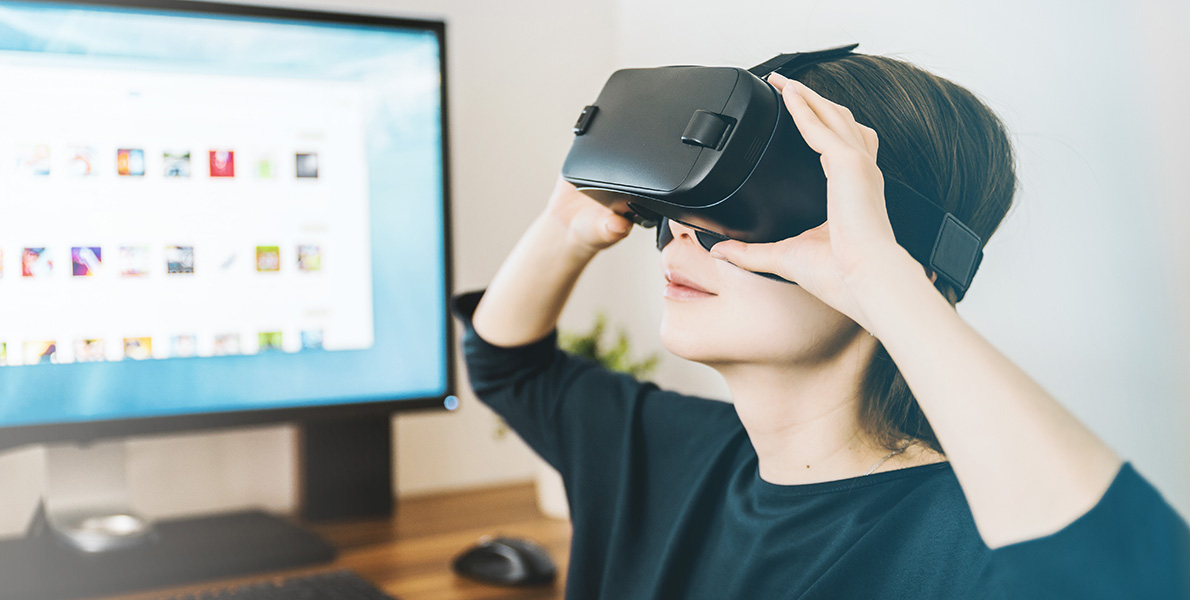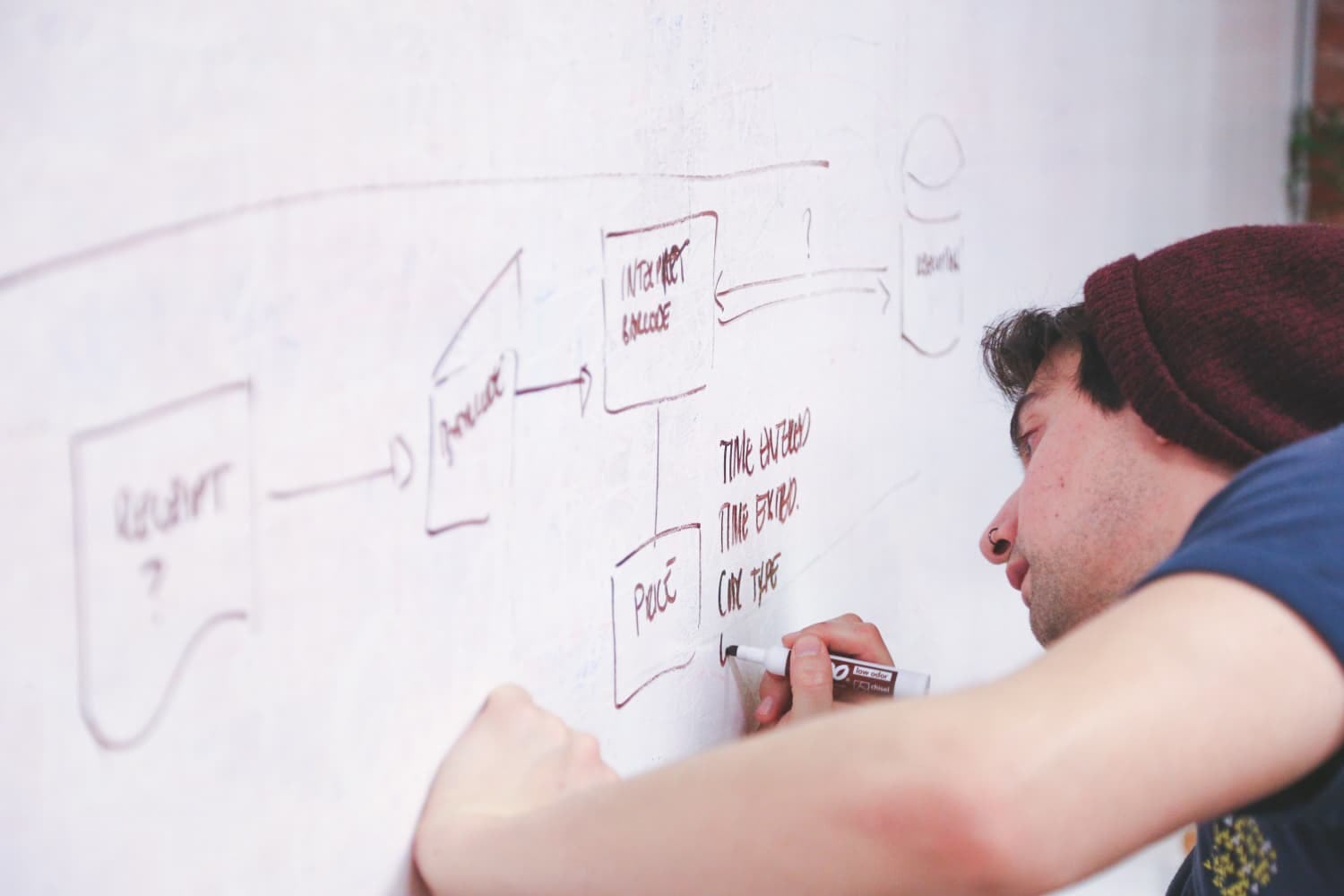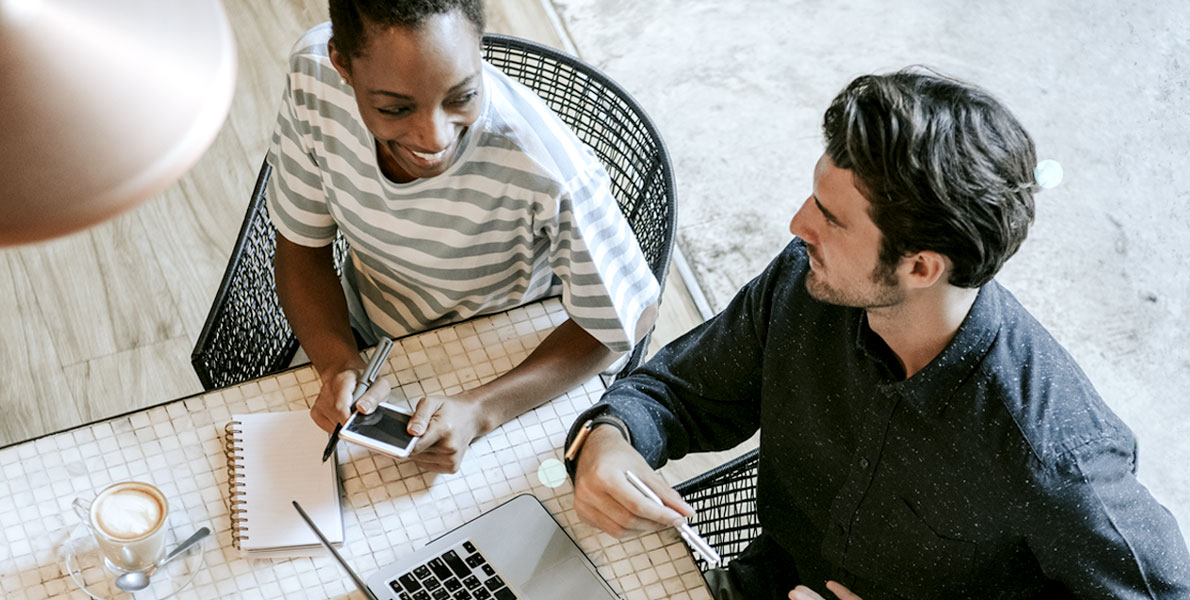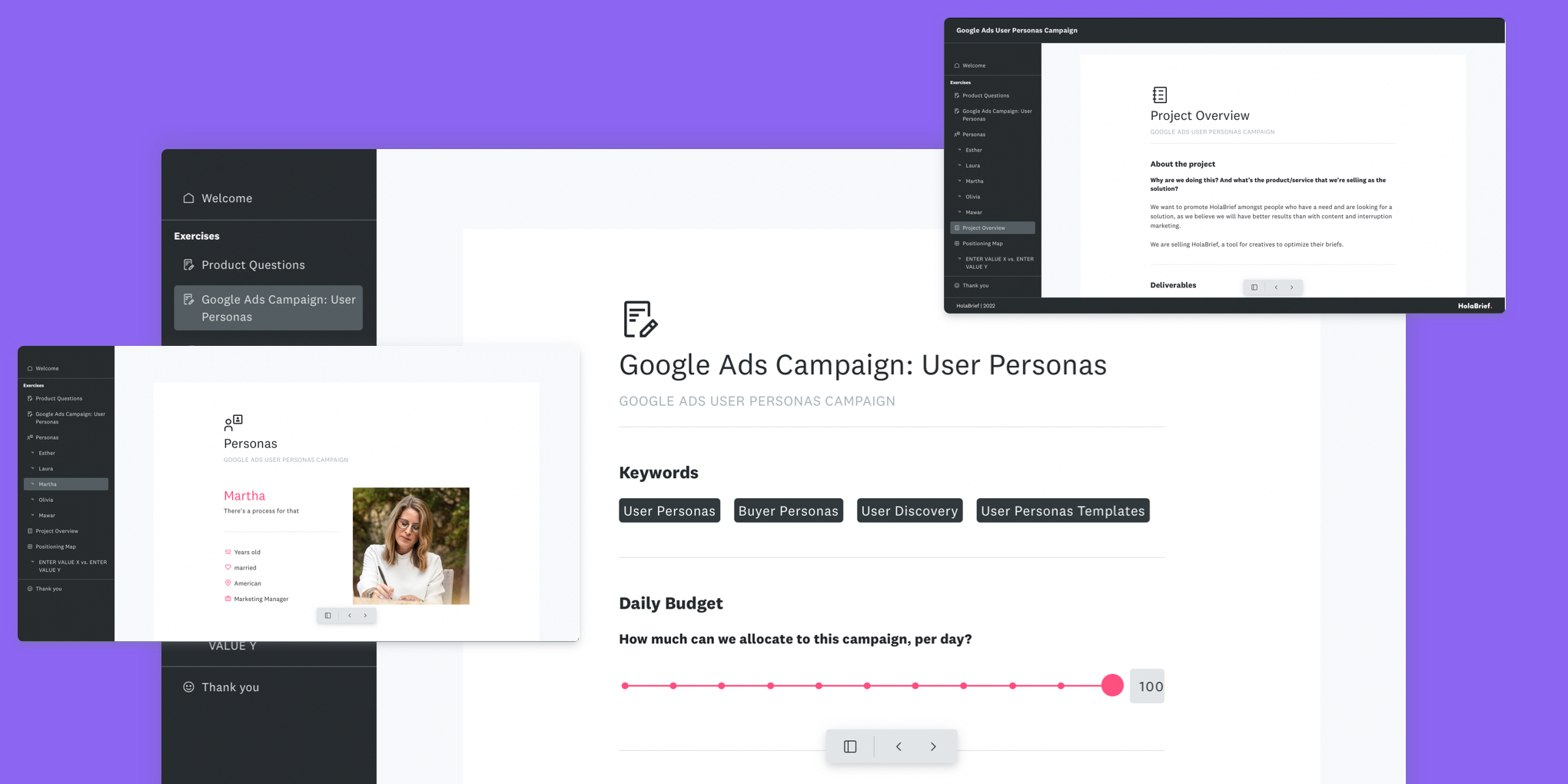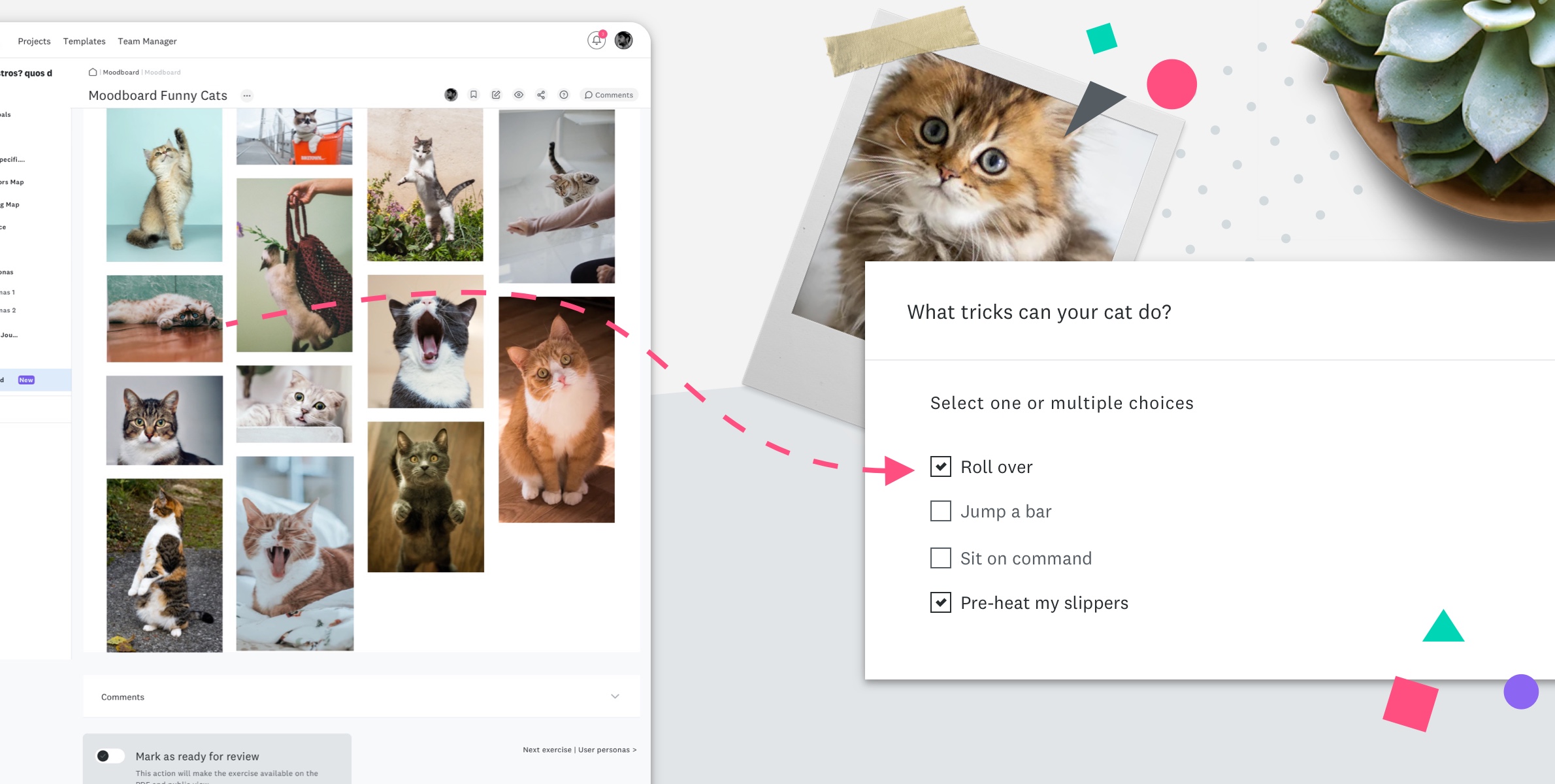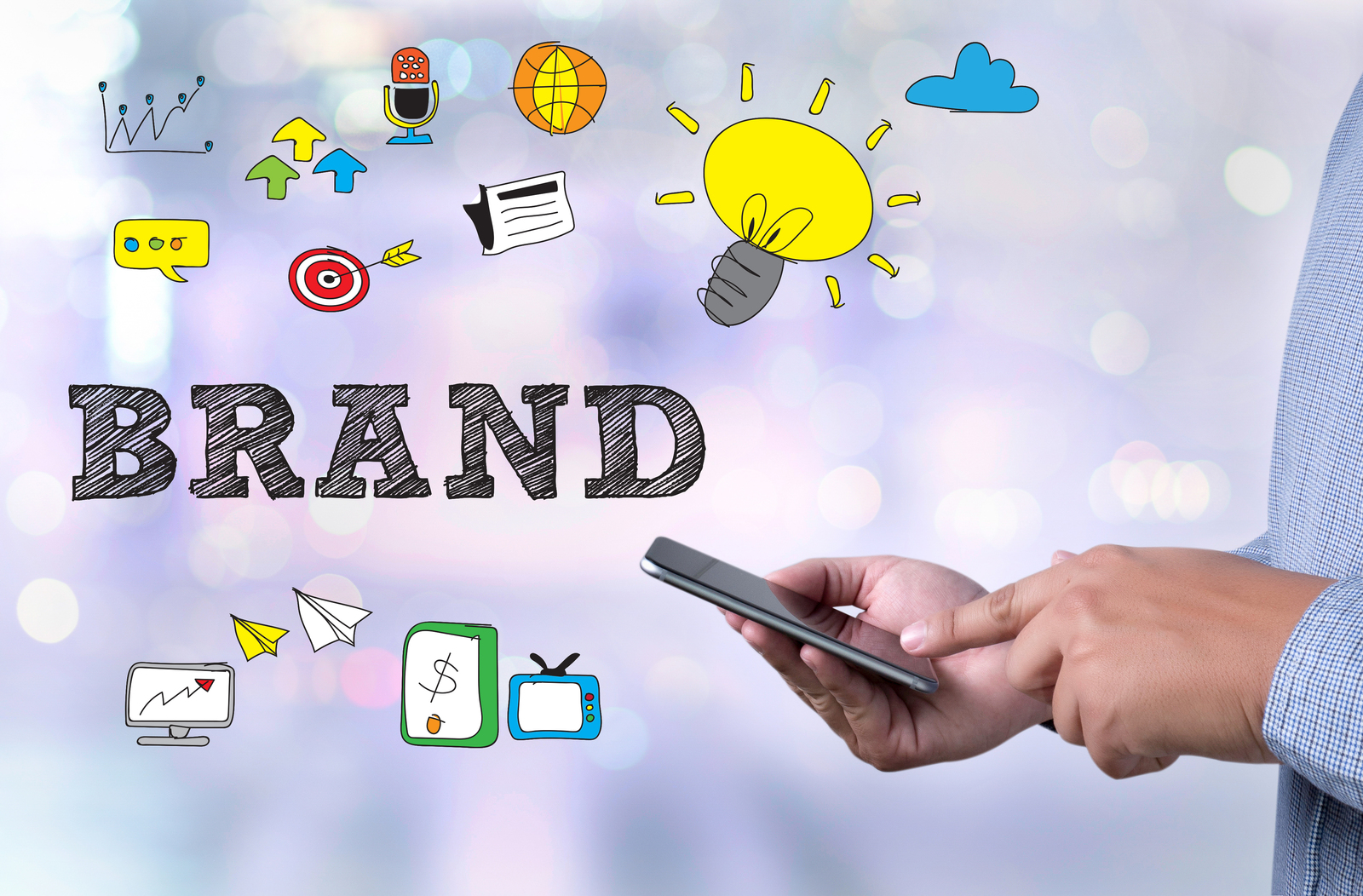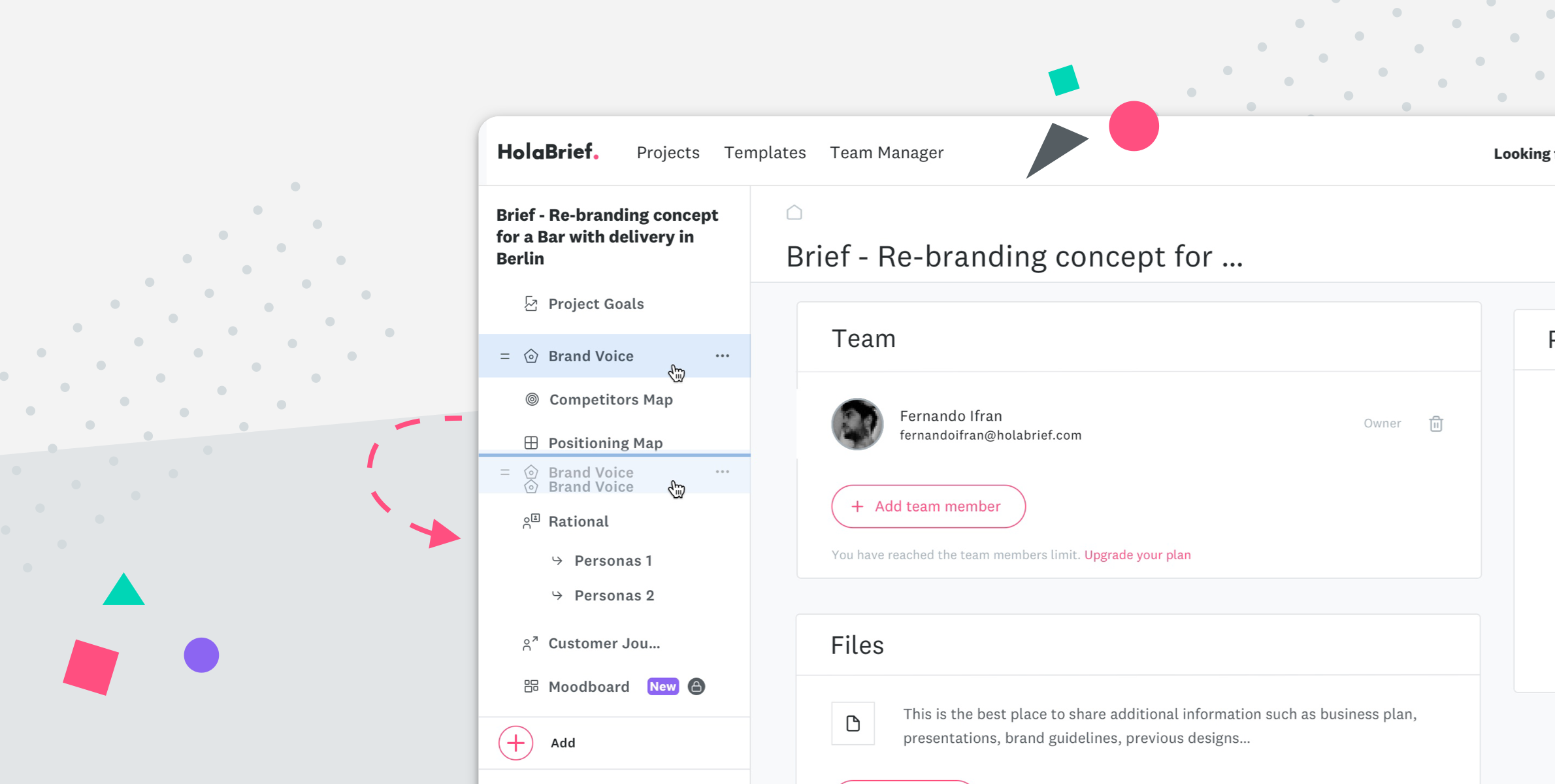What do we mean by “human-centred” design?
I want to introduce all of you to my cousin Caleb. He is 15 years old and loves reading and playing video games. He also happens to have Rhett Syndrome, a rare non-inherited genetic postnatal neurological disorder, which has affected his ability to speak, walk, eat, and even breathe easily. In girls, the odds are about 1 in every 22,000, and in boys, even less. At the time of Caleb’s diagnosis, he was one of seven boys in the world.
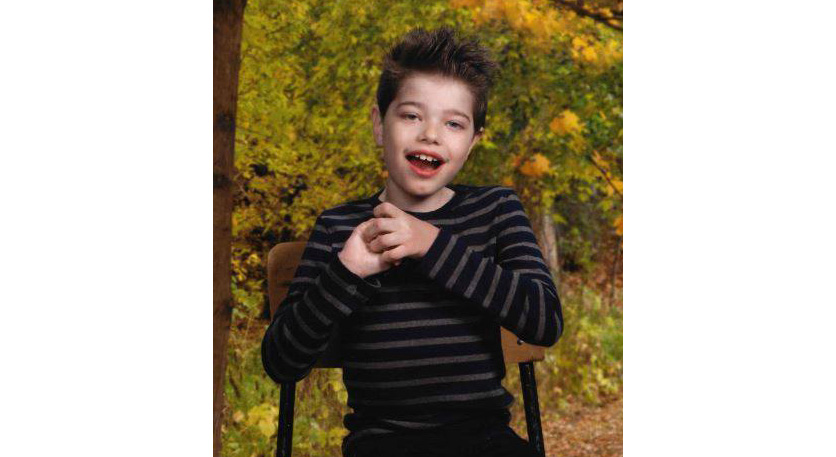
Several months ago, I had the opportunity to see him and his family. Thanks to a GoFundMe campaign that his parents created, they were able to buy him a Tobii computer. This piece of technology gives my non-verbal cousin a voice. He can say when he is hungry, when he is tired, and when he simply wants to be left alone. It is this particular moment that opened my eyes to the power of inclusive design and how technology can truly be used for good.
I think it is safe to say that most of us agree that inclusive design is important, but we may not know exactly where to start. Same goes for the clients that reach out to us. I think Kat Holmes, former Principal Director of Inclusive Design at Microsoft, said it best when she said:
"The problem with human centred design is that no one says which human should be in the centre."
So it's up to us creatives to educate ourselves and the clients we work with about how creating inclusive design might be good for business. How? Project goals can be tweaked so that the final outcome will serve a more diverse audience, which in turn can increase market share, which will help to increase revenue. Adding accessibility to the website specifications of the web design brief might increase creativity – as you often stumble upon solutions that are better then those being designed for the norm.
The role of clients and creative teams in delivering inclusivity is to work towards a more inclusive society, where anyone — regardless of their nationality, gender, physical limitations — can use products and services. But more often then not, challenges make it hard to stick to these values. Here's how I propose to overcome them:
Challenge 1: Bias
Whether we like to admit or not, we are all biased.
How many triangles do you see in the following image?
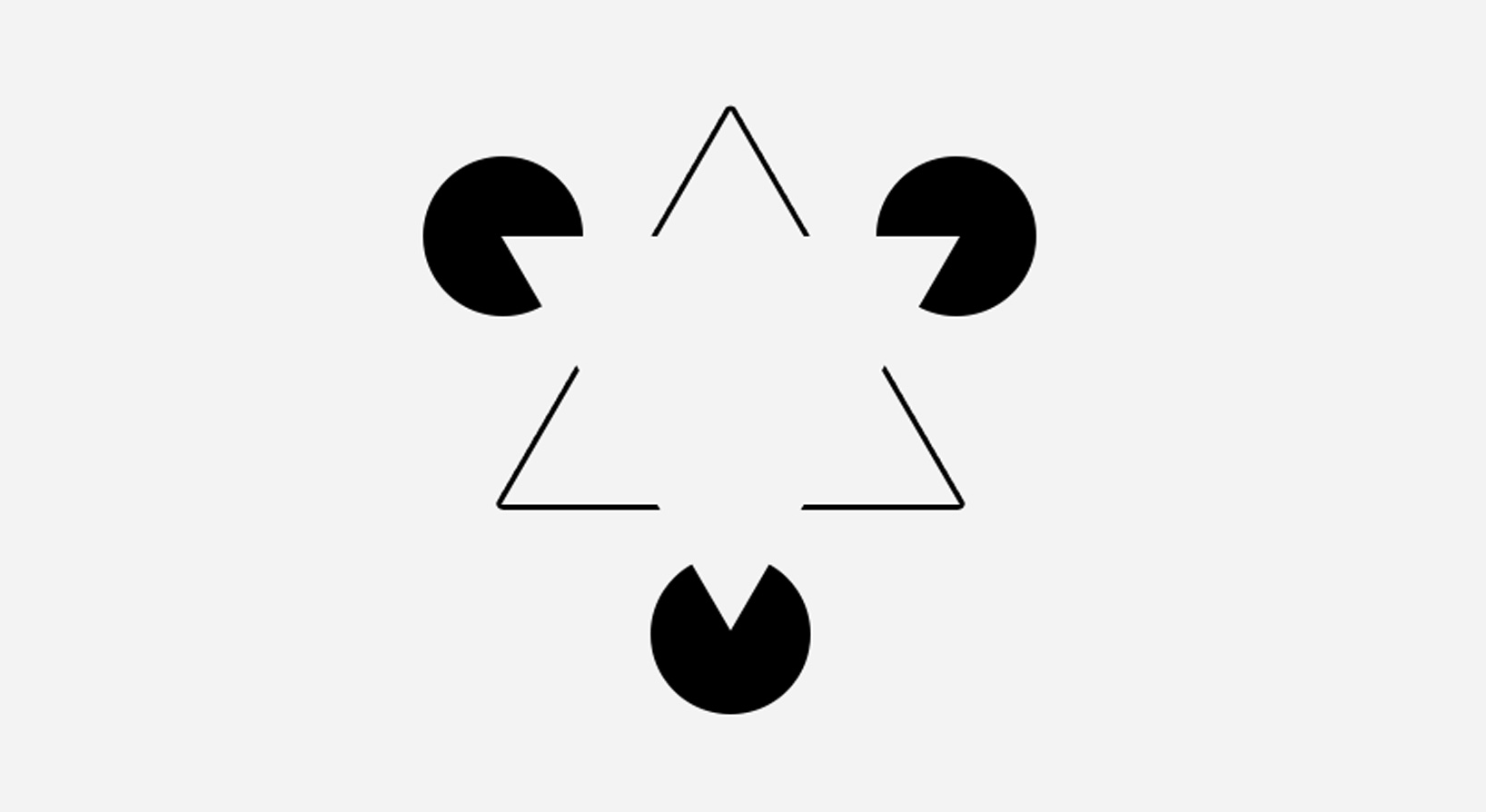
There are actually no triangles in the image. Our mind is the one that automatically connects the lines. We approach the world in a similar way. We may not have all the details, but we try to understand it the best we can, with the information that we have.
Who is behind the design of Google Home, Magic Leap One, Facebook Messenger, and many other tech products on the market? Unfortunately, often times it is a team of white men with glasses. This lack of diversity introduces biases into the very products that are being designed. If you take a minute to think about all of the voice assistants that exist (Cortana, Google, Siri, Alexa), what kind of a voice is the default? A female’s voice. I bet you didn’t know you can change the gender of your voice assistant.
Although we all inevitably have bias, here are a few ways we can combat it to design more inclusively:
Ask ourselves who our circles are – Who are we constantly spending time with? Could we give some of that time to other groups? Could we expand your circles to include greater diversity?
Consider bias at every level – Inclusive design isn’t just about fighting for equal pay for women in the C-Suite, we also need to fight for those who are further down the ladder as well.
Create dialogue for change – I realize this is easier said than done, but we shouldn’t be afraid of having uncomfortable discussions. In my opinion, it is the most uncomfortable of discussions that yield the most progress.
Challenge 2: No user research
Failing fast seems to be one of the main mantras of any agile methodology nowadays. We need to make mistakes as quickly as possible so that we can launch the product or service to market right away. I believe there is value in failing fast, but I think when designing inclusively we have to be extra careful and don't forget to our research!
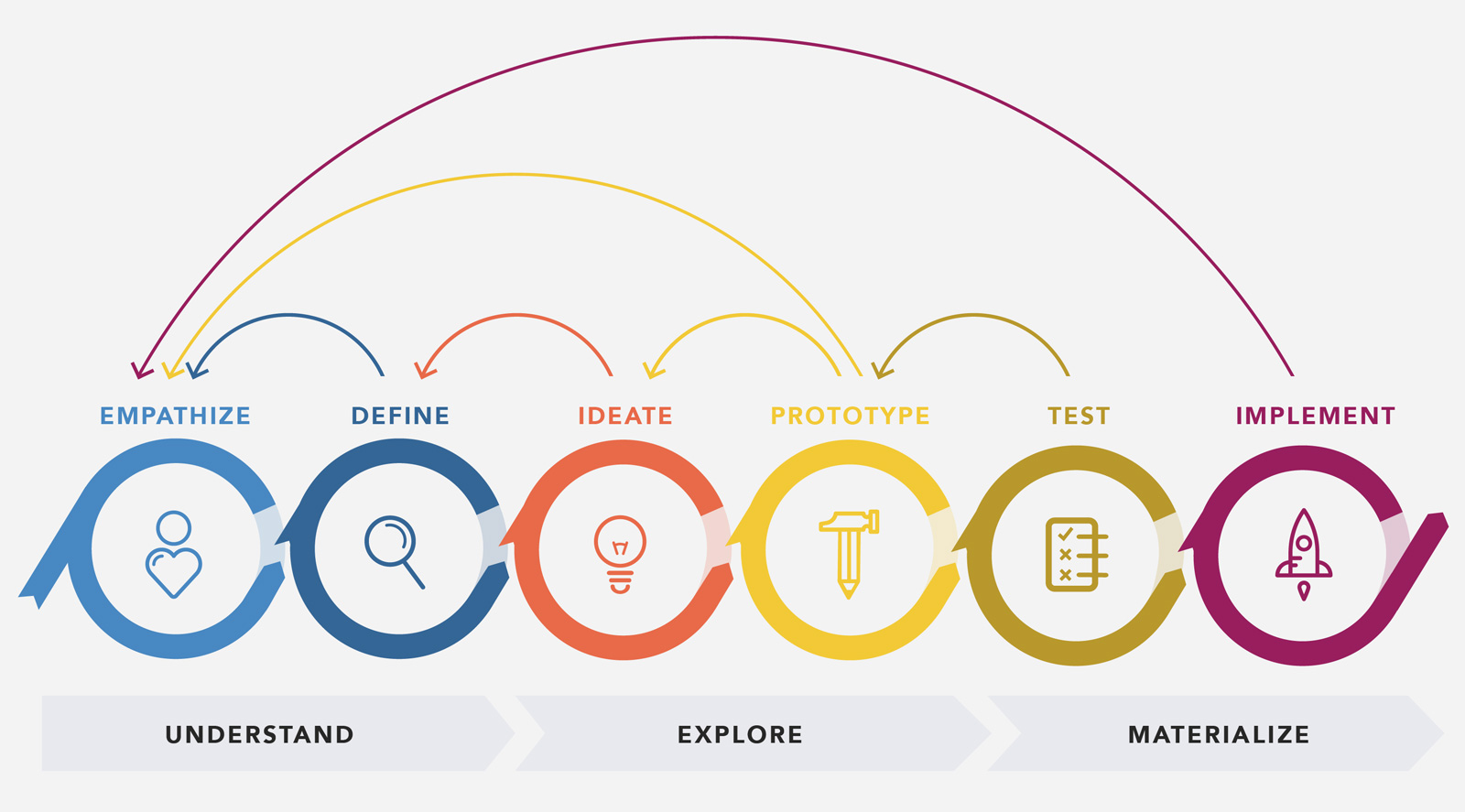
Credits: Design Thinking 101 - Nielsen Norman Group
To effectively understand our end-user, we can:
Broaden our listening infrastructure – Sometimes companies use a strict set of channels to communicate but where do they turn for information for customer feedback? What other listening sources could they potentially begin to listen to?
Seek out the negative – Recognize the detractors in the organization. Who are the individuals that could derail a particular project? Seek them out and encourage them to participate.
Get out there – Sometimes we get in this constant cycle of analysis, when we really just need to get in front of the users and ask questions.
Challenge 3: Changing futures
When I was young, I would remember when my parents would occasionally take us to Blockbuster. For those of you who don’t know, Blockbuster was a store that allowed you to rent movies and videogames. They dominated the market for several years, but in 2013 they died. Why did Blockbuster fail? There are several reasons, but one of the main ones, was its pride. The didn’t want to adapt. Netflix approached them with a $50 billion buyout deal and Blockbuster declined it. The only constant change is change itself.
In order to successfully navigate new waters, we can:
Dedicate resources to spotting trends – The best way to prepare for the future is by attending industry meet-ups and conferences. If you are a part of a larger organization, consider hiring futurists, whose main responsibilities are to research market trends and understand how they affect your company. Also, consider creating a dedicated R&D team, if there isn’t already one.
You can’t just focus on design, know the business – Inclusive design is nothing, if it doesn’t have valid arguments to back it up. Even though we can not predict the future, there are certain behaviours of the industry that can be foreseen. Do your user-research, analyse the competition, ask questions. A strategy-first mindset will help deliver an inclusive design that's on point.
Diversity is key – The more perspectives the better. As I mentioned before, if you lack a diverse team, those biases will creep into the very designs of the products and services that you are making. A recent McKinsey report, Diversity Matters, found that the most successful companies are the ones that are also the most diverse.
Closing thoughts
Creating products and services that are inclusive for all is no easy feat. Whether you are designing for someone like my cousin Caleb or yourself, – because, as Google UX Researcher Andrea Wong said, “we will all have accessibility needs at some point throughout our lifetime,” – remember that there will be challenges ahead of you.
When it comes to bias, it is important to surround yourself with others that think differently than you and make you feel slightly uncomfortable.
As we use methodologies like design thinking, especially when dealing with inclusive design, we have to make sure to keep doing thorough user-research. We need to know where we go to get information from our users and recognize the “naysayers” of the organization and encourage them to participate and collaborate. Lastly, in order to stay afloat in a constantly changing world, you need to dedicate resources to spotting trends, know your client's project goals and invest in diversity.
In order to create inclusive design solutions, inclusivity should be addressed before you start the design process, during the set-up of the creative brief together with the client. Start designing for inclusivity with HolaBrief.

